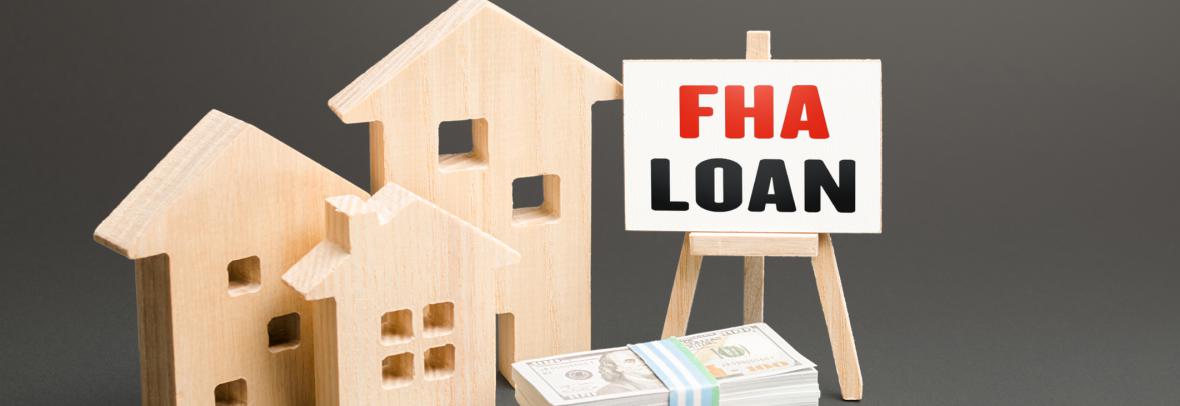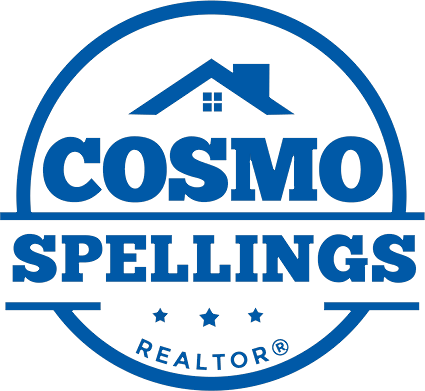
Most buyers want move-in ready, but they’ll have a wider selection with fixer-uppers, and an FHA 203(k) loan can roll upgrade/repair costs into their first mortgage.
NEW YORK – When you buy a home, there are usually a few repairs to pay for. Buyers who want to take on a real fixer-upper might be facing the prospect of many projects.
If this is the case for you, you may be considering an FHA 203(k) loan, also known as a mortgage rehab loan or Section 203(k) loan, which combines the financing for both the home’s purchase and remodeling or repairs into a single loan.
What is an FHA 203(k) loan?
An FHA 203(k) loan is a mortgage product insured by the Federal Housing Administration (FHA) that allows homebuyers to borrow enough money to cover both the cost of the home and the price of necessary repairs, including labor and materials.
Certain 203(k) loans may allow you to finance up to six months of mortgage payments. Note that the FHA does not lend the funds for 203(k) rehab loans. Rather, it provides financial protection to lenders that do.
Types of FHA 203(k) loans
The FHA insures two types of 203(k) loans:
- Limited 203(k): The limited 203(k) loan has an easier application process because it’s for projects valued at less than $35,000. There is no minimum cost requirement, but you can’t pay for structural repairs with this loan type.
- Standard 203(k): The standard 203(k) loan is for extensive jobs costing more than $35,000. The minimum loan amount is $5,000. Structural changes, like additions or full home renovations, are permitted. The homebuyer must obtain architectural exhibits and meet building codes.
How does an FHA 203(k) loan work?
A 203(k) renovation loan can be a 15- or 30-year fixed-rate or adjustable-rate mortgage (ARM). The amount you can borrow depends on criteria such as credit rating and income. The total amount borrowed through 203(k) loans must be within FHA loan limits for the area in which the home is located.
Generally, the most you can borrow for the loan is the lowest of the following:
- The FHA’s maximum loan limit for the county where the property is located
- A calculation involving the home’s “before” value plus improvement costs
- A calculation involving the home’s “after” value, including the improvements
If you opt for a 203(k) loan, you’ll typically work with a licensed contractor to handle renovations, and they should be familiar with this kind of loan, especially the payment schedule and requirements. Occasionally, a 203(k) loan borrower may do some or all of the work themselves. However, this requires approval from the lender.
Once the renovations are completed, you must provide a letter, and a HUD-approved consultant will evaluate the work. You can find a consultant through your lender or on the FHA website.
FHA 203(k) loan requirements
The main restriction for an FHA 203(k) loan is that the borrower has to be the owner or occupant of the house. Investors are not eligible for this kind of loan, although in certain situations, nonprofit organizations may be allowed to obtain one.
In addition, you can only obtain a 203(k) loan through an FHA-approved lender. HUD’s lender list allows you to search for approved lenders offering FHA rehab loans in your area.
Other loan requirements include:
- Credit score: A minimum credit score of 500 or higher
- Down payment: 3.5% minimum down payment or 10% if your credit score is below 580
- Debt-to-income ratio: 43-45% maximum debt-to-income (DTI) ratio
- Renovation costs: Cost of renovations must exceed $5,000 for standard 203(k) loan or be less than $35,000 for a limited 203(k) loan
- Renovation completion time: FHA 203(k) loans require that the work must be completed within six months after closing, depending on the project’s scope
There are also minimum energy-efficiency and structural standards that the project must meet to qualify.
What can an FHA 203(k) rehab loan be used for?
A standard 203(k) loan can cover many projects that increase your home’s value. This is a partial list:
- Structural alterations and reconstruction
- Modernization and improvements to the home’s function
- Elimination of health and safety hazards
- Changes that improve the appearance and eliminate obsolescence
- Reconditioning or replacing plumbing (for example, installing a well and/or septic system)
- Adding or replacing roofing, gutters and downspouts
- Adding or replacing floors and/or floor treatments
- Major landscape work and site improvements
- Enhancing accessibility for a person with disabilities
- Making energy conservation improvements
Work on certain properties, such as co-ops, cannot be financed with a 203(k) loan. Mixed-use properties with commercial and residential space may be eligible if the work is solely for residential use.
Some projects don’t qualify for 203(k) financing. If the change doesn’t result in a true upgrade, you can’t use a 203(k) loan to pay for it. Luxury add-ons like swimming pools, hot tubs, tennis courts and outdoor fireplaces aren’t covered.
FHA 203(k) loan pros and cons
Pros
- One loan for both purchase and renovations
- Low minimum down payment requirement
- Relatively low credit score requirement
- Potentially lower interest rates compared to personal loans, credit cards or other home improvement loans
- May finance up to six months of mortgage payments if the home can’t be lived in during renovations
Cons
- FHA mortgage insurance required
- FHA loan rates may be higher compared to conventional loans
- Process may require meeting with a 203(k) repair consultant
- More extensive repairs require more paperwork
- Potential for the additional cost of architectural assessments
- Property must be your primary residence and you must live in the home for 12 months before selling or renting it out
FHA 203(k) vs. construction loans
An FHA 203(k) is a type of construction loan that provides you with the funds to buy a home and pay for qualifying renovations. A construction loan is a short-term, higher-interest loan that provides the cash to pay for building or updating a house in installments rather than a lump sum. Once construction is completed, the homeowner can opt to convert the loan to a conventional mortgage.
You can use a construction loan for anything structural, such as replacing a roof. Or you can use it to put in a swimming pool or build an outdoor kitchen, two items that would not qualify for a standard FHA 203(k) loan.
Other ways to finance a home renovation
FHA 203(k) loans are one of several options to pay for home improvements. Other options include:
- Cash-out refinance: In this scenario, you borrow more than you owe on your existing mortgage and apply the proceeds to renovations. Cash-out refinancing requires having equity in your home.
- Home equity lines of credit: HELOCs have one significant caveat: To borrow against your house, you must have plenty of home equity. Before considering a HELOC, make sure the value of your home is significantly higher than the amount you still owe on your mortgage. HELOCs usually close quickly and carry variable interest rates.
- Home equity loans: Essentially a second mortgage, a home equity loan comes with a fixed interest rate. As with a HELOC, you’ll need sufficient equity. Financial technology company RenoFi connects homeowners with credit unions willing to lend against the value of a home after improvements.
- Fannie Mae HomeStyle or Freddie Mac CHOICERenovation loans: The HomeStyle loan and CHOICERenovation options also allow you to borrow against the future value of your home.
- Personal loan: A personal loan is a fixed-rate product you can use to finance home improvements. These loans don’t require collateral, though you’ll generally need good credit to qualify.
- Selling a stake in your home: A new breed of financial technology firms is pitching American homeowners on a different way of tapping into home equity. If you’re sitting on a pile of it, these companies – including Haus, Hometap, Point and Unison – will buy a piece of your house. You repay the “co-investment” when you sell. One downside: This money comes at a higher cost than a mortgage or HELOC.
FHA 203(k) loan refinancing
You can use FHA 203(k) loans to purchase a fixer-upper or rehabilitate the home you already live in through a refinance. The process to refinance into a 203(k) loan is similar to a regular refinance, but you must meet the additional requirements of the 203(k) loan.
After refinancing, a portion of the 203(k) proceeds will pay off your existing mortgage, and the rest of the money will be kept in escrow until repairs are completed. Existing 203(k) mortgages can also be refinanced through the FHA streamline program, which may help you get an even lower interest rate.
Copyright © 2023 Clayton News Daily. All rights reserved.
Go to Source
Author: kerrys



